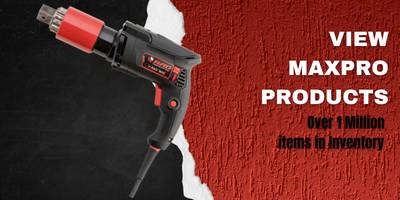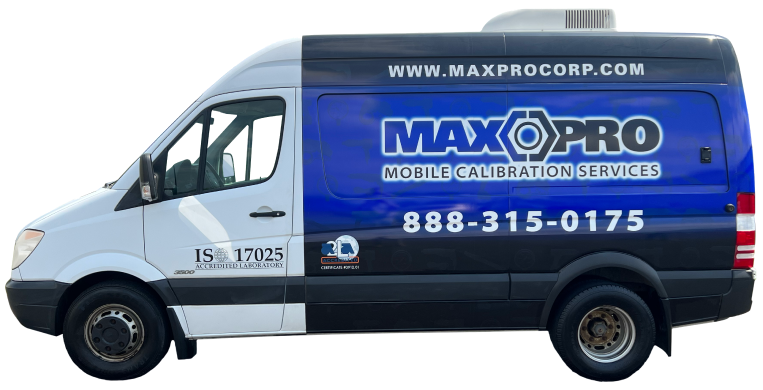If you work with heavy equipment, energy generation, bridges or heavy construction, or are a military engineer, the importance of proper maintenance and care for your torque wrench is paramount to ensuring long-term use. The lifespan of your wrench depends greatly on how you treat it when not in use and how often you calibrate it. Caring for your torque wrench not only prolongs its life but also helps reduce maintenance costs and replacements. Here are some tips for maximizing the lifespan of your industrial torque wrench:
Importance of maintenance:
A torque wrench is a tool used to tighten bolts and nuts to the correct torque. It’s important to use a torque wrench because it ensures that you are tightening your bolts and nuts properly. This tool
is essential for jobs related to pipelines, mining, and manufacturing.
A torque wrench can last for many years if properly maintained, but if you don’t take care of your tools, their lifespan will be shortened dramatically. In this article we’ll discuss some tips for maximizing the lifespan of your industrial torque wrenches so that they stay in good working condition for
as long as possible.
Cleaning and Lubrication:
The first step to maximizing the lifespan of your industrial torque wrench is to ensure it’s clean and properly lubricated. As with any tool or machine, regular cleaning and maintenance will help keep it in good working order for a longer period.
Clean your wrench after every use: After every use, be sure to thoroughly clean out all dirt and debris from inside of your torque wrench before storing it away for later use. This will prevent corrosion from forming on internal parts over time, which can lead to malfunctioning gauges or even complete
failure in extreme cases!
Lubricate moving parts with grease: After cleaning out any dirt or debris found inside your wrench’s housing (as
described above), it’s important that you apply some type of lubricant onto any moving parts within this same area–namely where screws meet nuts/bolts
during tightening/loosening operations

Storage and Transportation:
Store your torque wrench in a dry place when not in use and be sure to store it in its case when you’re not using it. It’s also important that you keep the wrench away from corrosive substances, like chemicals or salt water. If you have multiple wrenches that need to be stored together, consider using a hook or drawer organizer so they don’t get tangled up with each other.
Calibration:
Calibration is the process of measuring and adjusting the wrench’s scale to ensure that it reads accurately. It’s important because if your torque wrench isn’t calibrated properly, it can lead to improper readings and an increased risk of damaging your equipment or injuring yourself.
To calibrate a torque wrench:
- Check the manufacturer’s recommendations for how often they recommend you calibrate their wrenches based on usage patterns and environmental conditions (e.g., operating temperature). This will give you an idea of how often you need to do this task; some manufacturers recommend calibrating every month while others suggest only doing so once per year or even less frequently if possible (although in most cases we recommend following their recommendations).
- Make sure there’s no pressure on any part of the mechanism–if there is any pressure present when trying to zero out or you’re reading after removing all bolts from their sockets, then re-tighten each
one until they’re snug but not overly tight before moving onto step three below where we’ll discuss how exactly how much torque should be applied during calibration purposes only!
Repair and Replacement:
When it comes to general maintenance and care, there are two things that you should always do: calibrate your torque wrench and replace the internal components when necessary.
Calibration is an important part of keeping your industrial torque wrench in good working order. When you calibrate your tool, you are making sure that its readings are accurate by comparing them to known standards (such as another calibrated wrench). You should calibrate your torque wrench at least once per year if not more often than that depending on how much use it gets–it’s also good idea to check out our tips for calibrating an impact wrench here!
If any of the internal components fail or break down over time due to wear and tear, then these parts will need replacing before they can cause irreparable damage to other parts within their system as well as themselves itself. For example: if one spring breaks inside someone’s hand drill then obviously no matter how much oiling someone does beforehand this isn’t going work anymore because now there isn’t enough pressure being generated within each stroke which means less power being produced overall so ultimately everyone loses out except maybe those lucky enough not only survive but thrive despite such adversity.
Conclusion
As with any other tool in your arsenal, it’s important to keep your torque wrench in good working order so that it lasts as long as possible. If you follow these tips and tricks, then we guarantee that your wrench will last longer than those cheap imitations.
If you have questions about your torque wrench care or calibration, call us at 888.315.0175





